The fashion world is undergoing a transformation, and at the heart of this shift is circular fashion. This innovative approach promises to redefine the way we design, produce, and consume fashion . It represents a critical paradigm shift for an industry long criticized for its environmental and social impact. In this article, we'll explore circular fashion and its implications in depth, while highlighting how it can contribute to a more sustainable future.
Circular Fashion: Redefining the Way We Consume Fashion
The Concept of Circular Fashion
At the heart of circular fashion is a revolutionary concept aimed at transforming the entire life cycle of clothing and accessories , materials and associated products. Unlike the traditional fashion model, based on the philosophy of "take-make-use-dispose", circular fashion adopts a more holistic perspective.
Circular fashion is based on a simple but powerful idea: rather than viewing materials and products as disposable at the end of their life, we view them as precious resources . This approach aims to extend the lifespan of clothing and accessories and to minimize waste, by promoting reuse, recycling and regeneration.
In a world where fashion evolves rapidly, where trends change from season to season, circular fashion challenges this throwaway culture . It encourages the creation of Sustainable clothing and accessories , designed to last and be reused in multiple ways. This philosophy is not only beneficial for the environment, it can also change the way we view fashion as self-expression.
By investing in quality pieces , designed to stand the test of time , consumers can create a more thoughtful and personal wardrobe, moving fashion away from fast fashion and overconsumption. This approach emphasizes quality over quantity , individuality over trend conformity, and sustainability over ephemerality .
In the upcoming sections of this article, we will explore the fundamental principles of circular fashion , how it is being implemented by fashion designers and brands, and the challenges that remain on the road to a truly circular fashion industry.
The Fundamental Principles of Circular Fashion
At the heart of circular fashion lie three fundamental principles that guide its implementation:
-
Minimize waste and pollution: The fashion industry has long been criticized for the astronomical amount of waste it generates. Circular fashion strives to reduce this footprint by rethinking every step of the process, from design to production, distribution, and end-of-life. Materials are carefully chosen, favoring those with a lower environmental impact , while production techniques are optimized to minimize waste and CO2 emissions .
-
Sustainability: Circular fashion encourages sustainability through quality products designed to stand the test of time. Clothing and accessories are made with strong, durable materials, and their timeless design makes them suitable for many seasons. This approach also encourages the care and repair of items, thus extending their lifespan.
-
Enabling Material Regeneration: Material regeneration is a central pillar of circular fashion . The idea is to close the loop by allowing materials used in product manufacturing to be reused to create new items. This involves recycling textiles, transforming waste into raw materials of equal quality, and even designing garments that, at the end of their life, can be "reversed" to recover the materials.
The Impact on Creativity and Self-Expression
Circular fashion isn't just about environmentalism. It also offers space for creativity and self-expression . By investing in quality pieces that last, consumers are encouraged to create wardrobes that truly reflect their personal style rather than following seasonal trends.
Circular fashion encourages the rediscovery of vintage clothing, customization, and reinterpretation of existing pieces. It highlights the infinite potential of fashion items, inviting everyone to become their own style creator. This approach reinforces the notion that fashion can be a way to express one's personality while taking care of the planet.
In the next sections, we will explore circular design strategies, innovations in closed-loop recycling, and brands that are successfully embracing the circular fashion philosophy to shape the future of the fashion industry.
Circular Design Strategies: The Art of Creating to Last
The art of circular design lies in creating clothing and accessories that transcend the cycles of fast fashion . Designers and brands that embrace this philosophy seek to minimize the environmental impact of their creations while maximizing their aesthetic and functional appeal. Here are some key circular design strategies:
-
Zero Waste Design: This ingenious approach aims to minimize waste throughout the design and manufacturing process. Designers rethink each fabric cut to maximize material utilization, minimizing waste and waste.
-
Design for longevity: Clothing designed to last is a direct response to fast fashion culture. High-quality materials, strong stitching, and careful finishing ensure that each piece stands the test of time. This makes clothes investments rather than fleeting acquisitions.
-
Modular Design: Modular design allows consumers to customize and adapt their clothing according to their preferences. Interchangeable pieces and detachable elements encourage creativity and versatility in the wardrobe.
-
Design for Disassembly: This approach takes design to the next level by making it easier to disassemble end-of-life garments. Pieces can be deconstructed to recover materials, components, and accessories, giving them a second life.
-
Design for remanufacturing: Clothing designed to be easily refurbished or repaired significantly extends its lifespan. This strategy reduces pressure on resources by encouraging the reuse of items.
-
Design for recyclability or biodegradability: Some designers are exploring materials and techniques that make it easier to recycle end-of-life garments or allow them to decompose naturally, minimizing their impact on the environment.
These creative strategies reflect the innovation and commitment of fashion designers to circular fashion . They demonstrate the desire to transform the industry, rethink standards and meet the aspirations of consumers concerned about their environmental footprint .

Innovations in Closed-Loop Recycling: Rethinking Raw Materials
Closed-loop recycling is one of the cornerstones of circular fashion . It is a complex process that aims to recover and reuse all materials and components from end-of-life products to create new items . However, this approach is not without challenges.
Closed-loop recycling in the fashion industry is still emerging. Textiles present unique technical challenges, and currently, only a tiny fraction of virgin raw materials is recycled into new garments. However, some pioneering brands are working to change this.
Circular fashion encourages these efforts by promoting the use of recycled materials and supporting textile recycling initiatives. Some companies already reuse some of their post-consumer waste to make new clothing, but 100% conversion remains a challenge.
To succeed, circular fashion must be accompanied by a radical reduction in global production and consumption. This approach calls for slowing the overall flow of materials and resources throughout the fashion industry, transforming the way we think about fashion.
Enlightened Brands: Leaders of the Transition
In the fashion world, some brands are emerging as pioneers of circular fashion . They understand that the future of the industry depends on its ability to evolve towards a more sustainable approach . These enlightened brands are adopting different strategies to integrate circularity into their business model.
Circular fashion isn't limited to haute couture or niche markets. Mainstream brands are also incorporating this philosophy, showing that sustainability isn't a luxury reserved for the few. Entire collections are being created following circular fashion principles , offering consumers more sustainable options without compromising style.
In the ever-evolving world of leather goods, Lérisa stands out as an enlightened brand , guided by a bold vision of the future. At the intersection of style and environmental responsibility, this French brand embodies the perfect marriage of beauty and sustainability .
Committed to the planet, low-carbon, vegan, and made entirely in France, Lérisa is redefining leather goods for generations to come. Her creations, with their pure and timeless lines, celebrate the splendor of our world while respecting humans, animals, and our precious planet.
Lérisa pushes the boundaries of traditional leather goods by adopting a plant-based, eco-designed approach. At the heart of this revolutionis grape skin , a material as elegant as it is durable. Designed in Italy by the start-up Vegea®, this innovation is a celebration of flexibility, strength, and ecology.
Lérisa goes beyond sustainability by embracing circular fashion. Each creation is designed to last, with the ability to be repaired and recycled. A new life for each piece, a reduction in waste, and a true revolution in the way we design leather goods.
Join Lérisa on her journey to create more beautiful, elegant, and sustainable leather goods. It's an invitation to celebrate the beauty of our planet, one creation at a time.
The Challenges of Circular Fashion
While the rise of circular fashion is promising, it faces significant challenges. A complete transition to a circular model requires a fundamental reexamination of the entire fashion industry. Some of the major challenges include:
-
Consumer awareness: Educating consumers about the benefits of circular fashion is crucial. Buyers' choices can drive demand for sustainable products and encourage more brands to adopt this approach.
-
Material innovation: The development of sustainable, recyclable, and biodegradable materials is essential for circularity. Researchers are working on new textile fibers and production methods to meet this need.
-
Industry collaboration: The fashion industry must collaborate to create effective recycling systems and share best practices. Cooperation between brands, suppliers, and government agencies is essential.
-
Rethinking business models: Traditional fashion business models, based on overproduction and overconsumption, need to be rethought. The industry must shift to models focused on rental, repair, resale, and regeneration.
-
Legislation and regulation: Governments can play a critical role in establishing standards and regulations that support circular fashion . Tax incentives and sustainability policies can encourage responsible practices.
Conclusion: A stylish and sustainable future for fashion
Circular fashion is emerging as a response to the environmental and social challenges posed by the modern fashion industry. It offers a vision where fashion is not only beautiful and creative, but also respectful of the planet and socially responsible .
As more and more brands and consumers embrace this philosophy, we move closer to a future where circular fashion is the norm rather than the exception. The transition to a circular fashion industry is a challenging journey, but it's one that offers endless opportunities to rethink our relationship with fashion, sustainability, and self-expression.
In the coming years, it is undeniable that circular fashion will continue to redefine the way we consume fashion, guiding us towards a future where elegance and sustainability will harmoniously combine in the world of fashion.
Also read :
Slow Fashion: Create, Inspire, Respect
Discovering leather alternatives that captivate the senses
Sustainable Fashion : 10 Tips for an Eco-Friendly Wardrobe


 The Lérisa Bag - Beige
The Lérisa Bag - Beige The Lérisa Bag - Black
The Lérisa Bag - Black
 The Lérisa Bag - Beige
The Lérisa Bag - Beige The Lérisa Bag - Red
The Lérisa Bag - Red
 The "L" Shoulder Bag - Red
The "L" Shoulder Bag - Red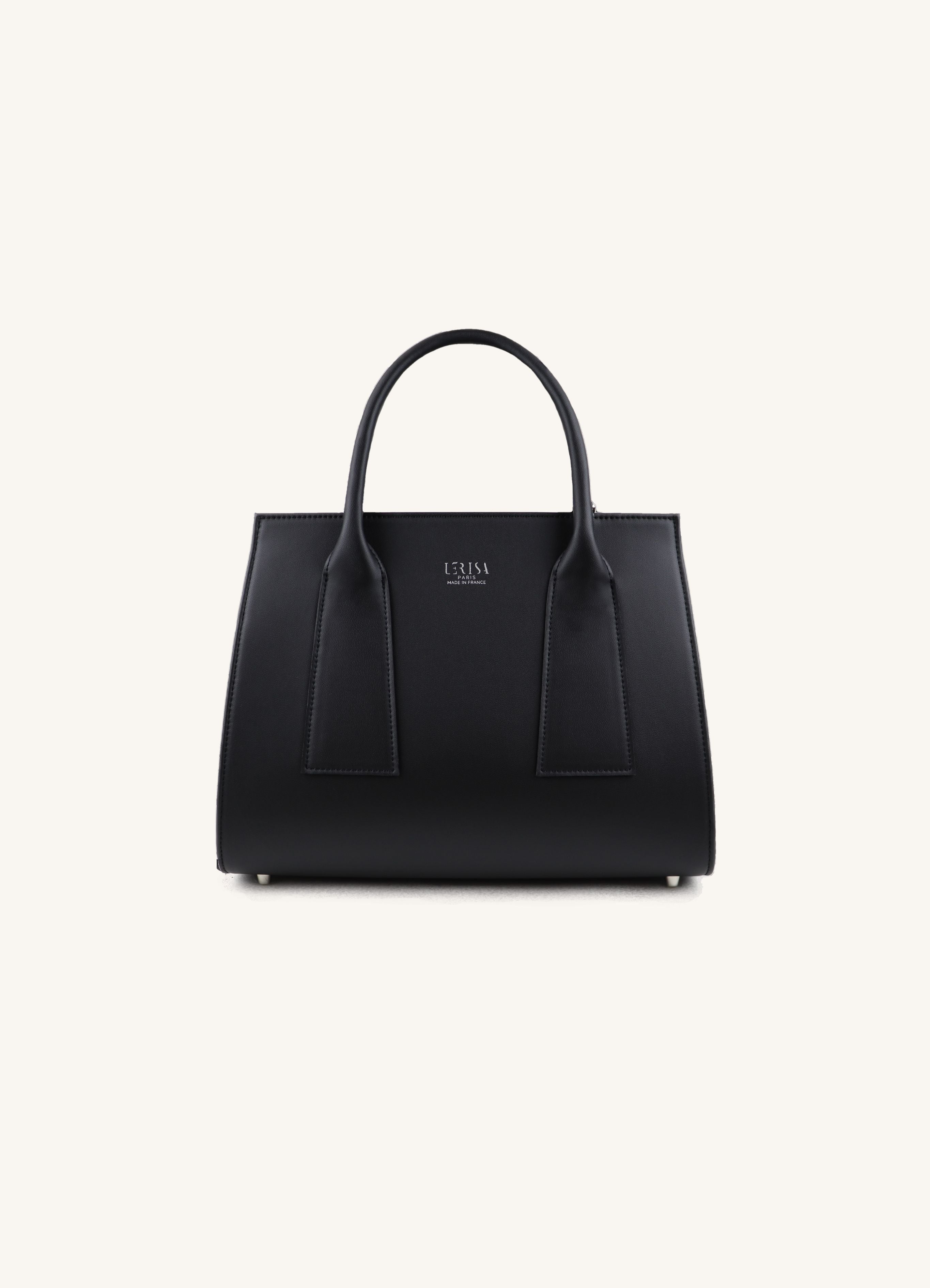
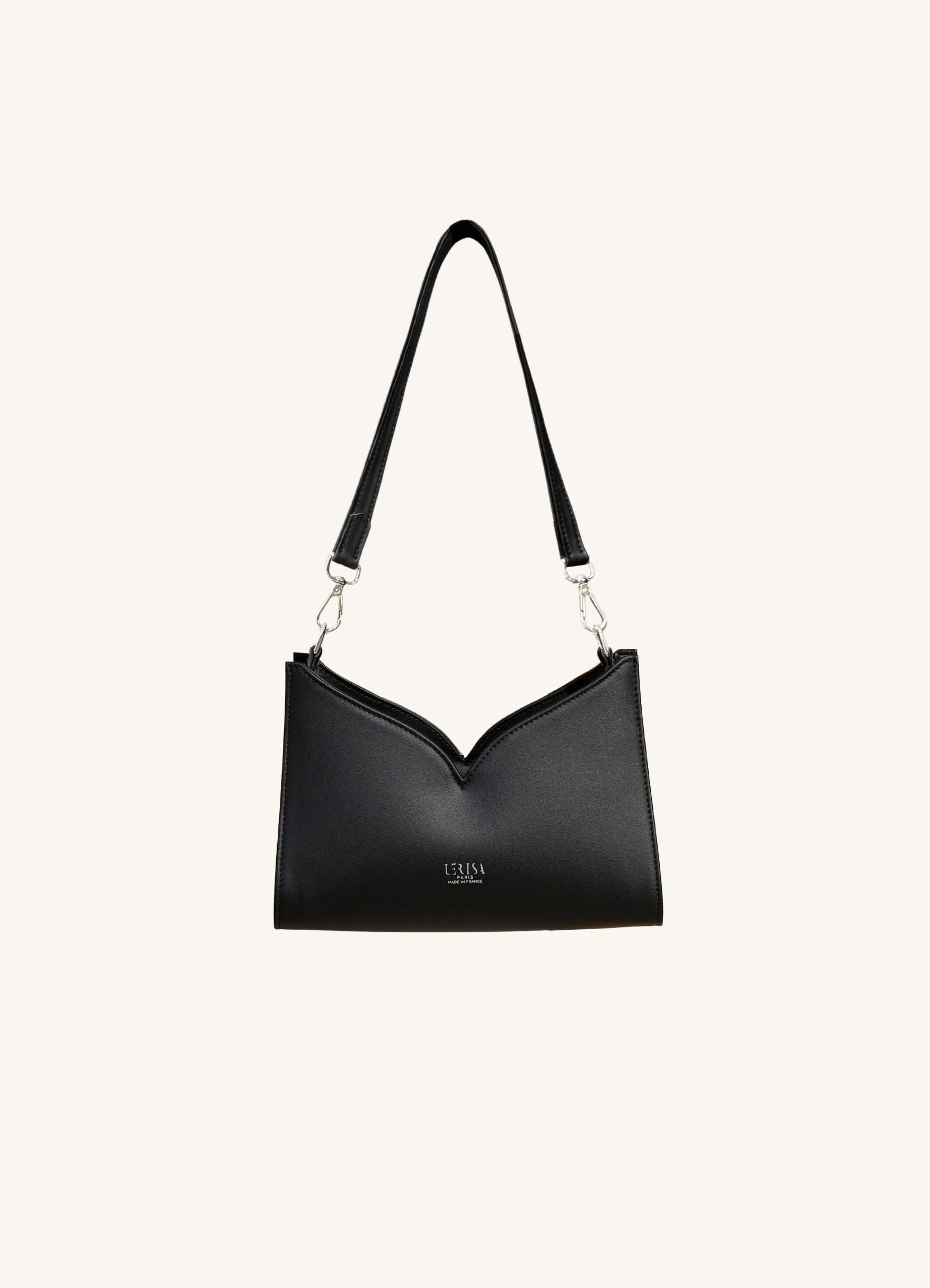
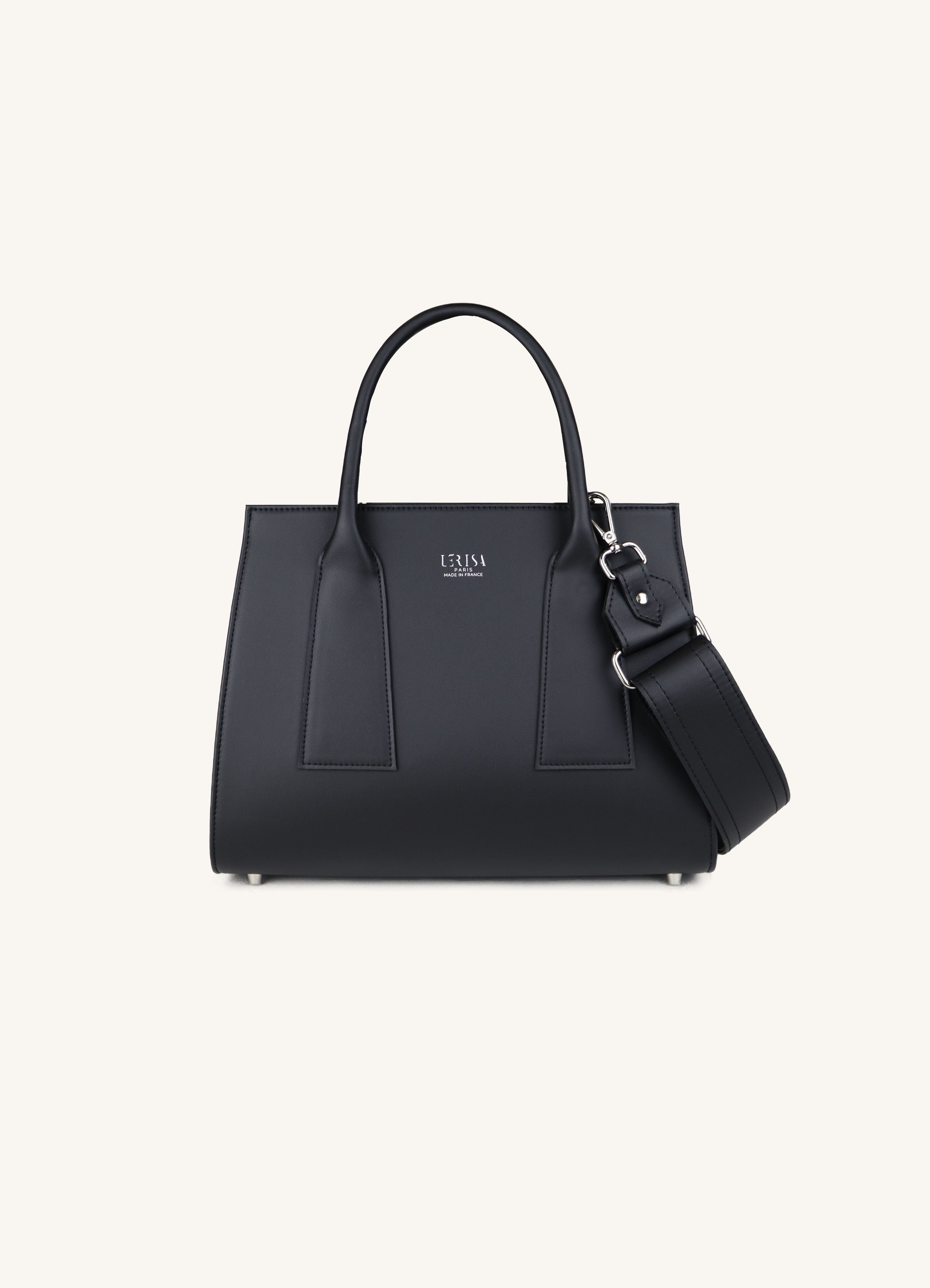
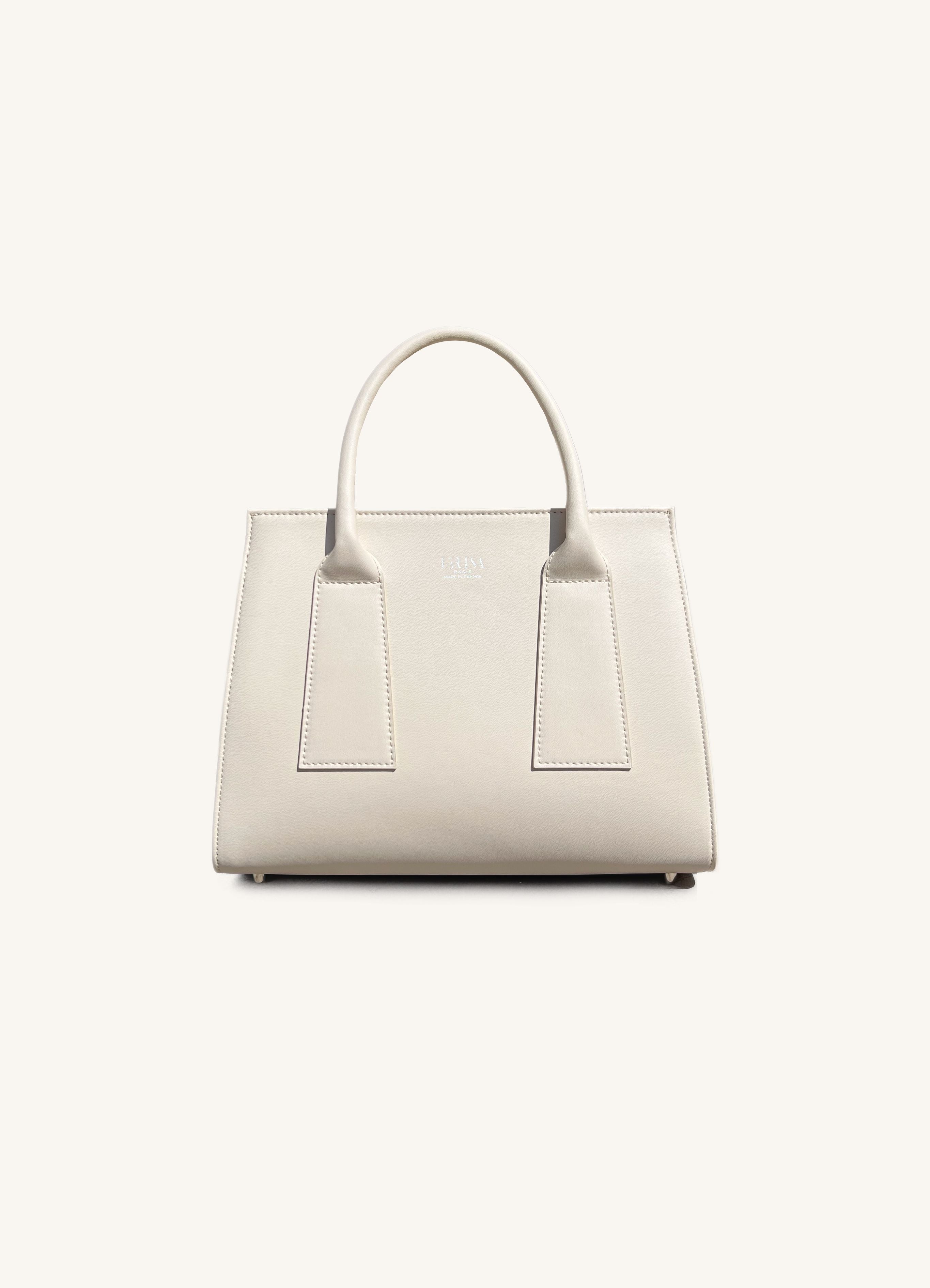
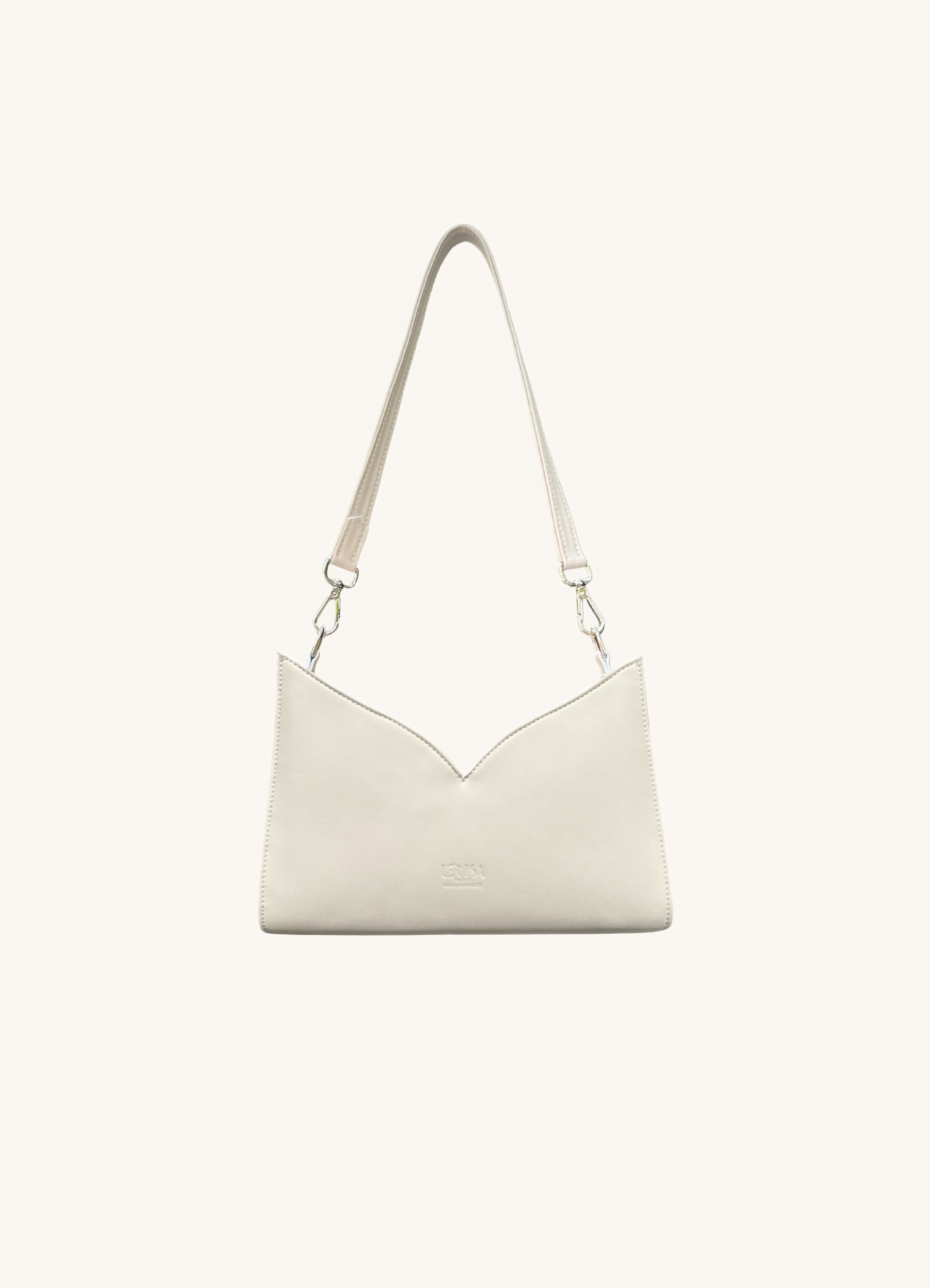
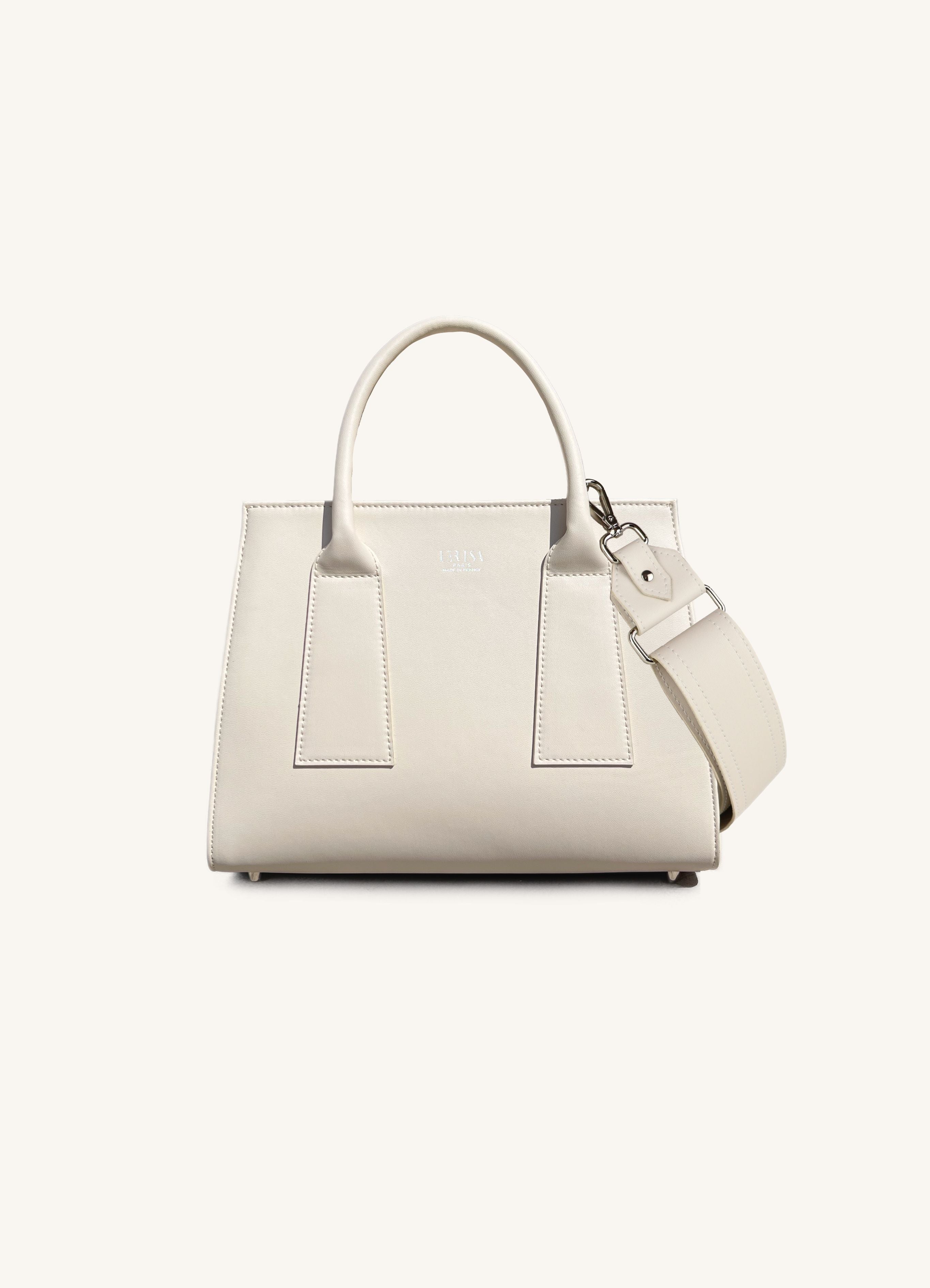

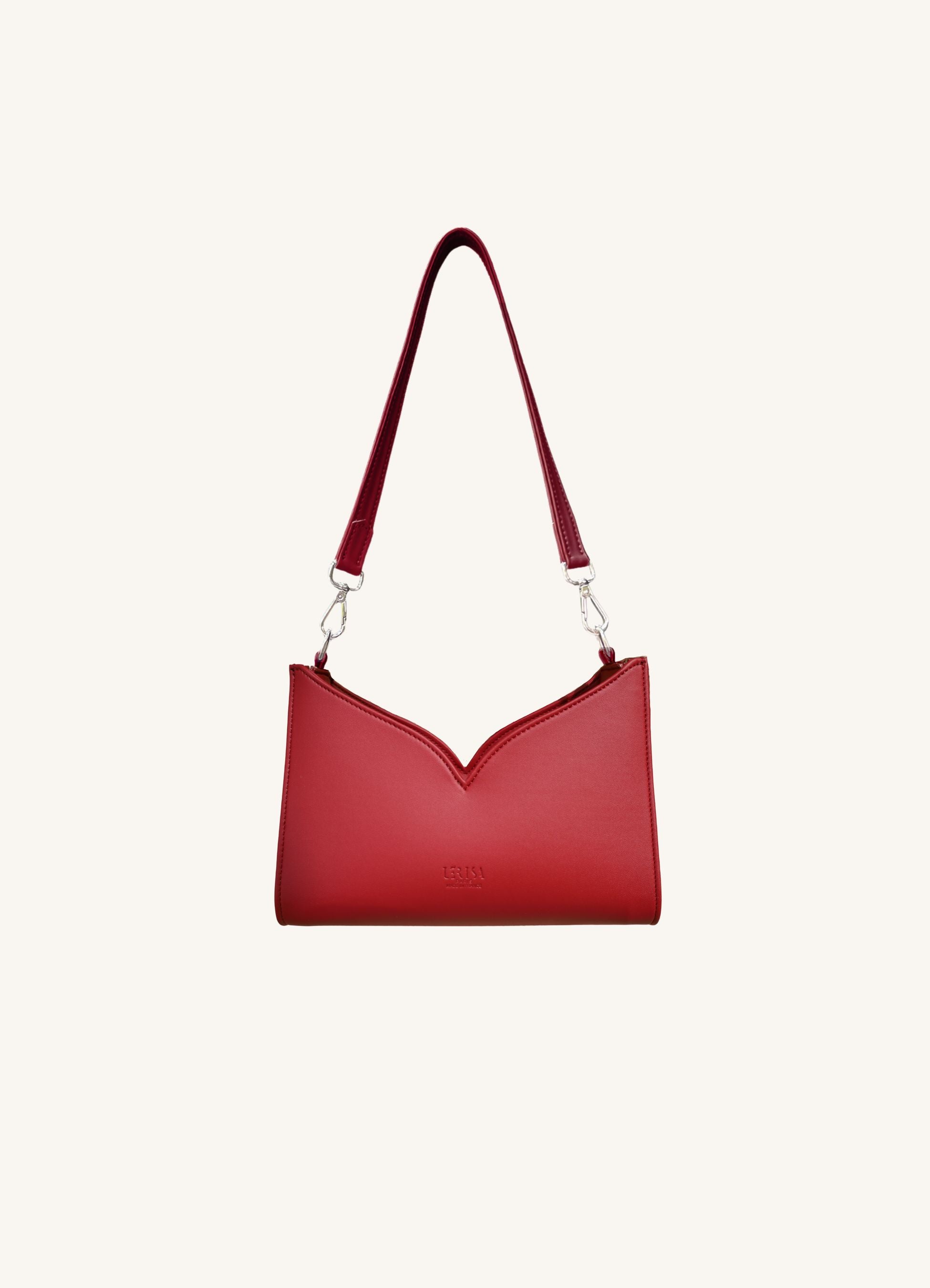

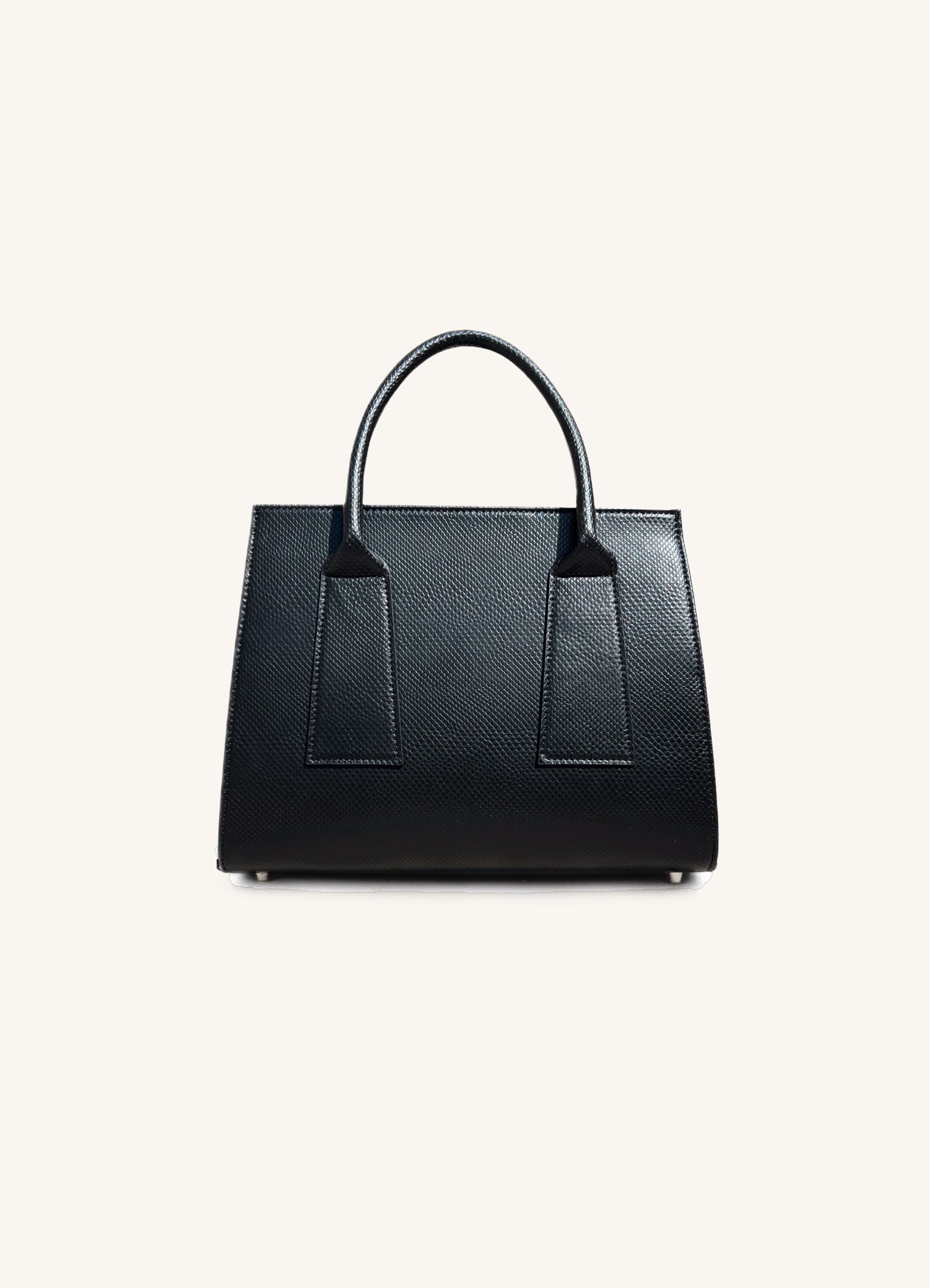



Leave a comment